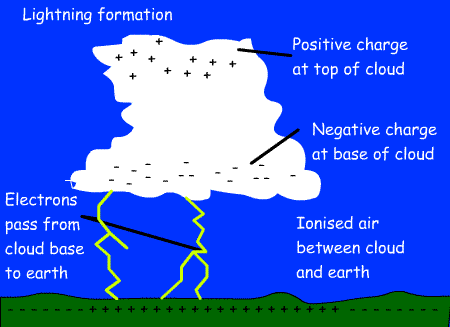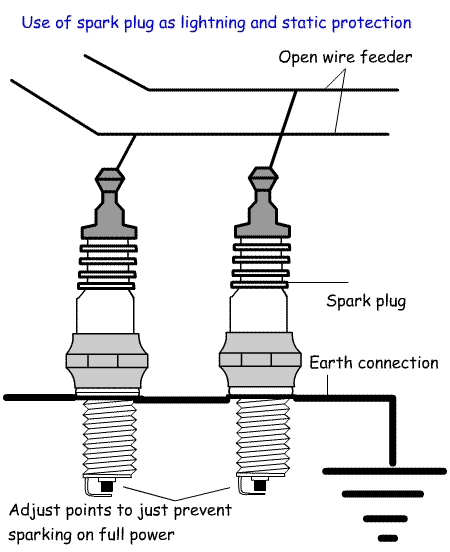
| ADVANCED LESSON 69 |  |
| LEARNING OBJECTIVES and NOTES | |
| Safety - R.F. | |
|
9d.1 Recall that the Health Protection Agency (HPA) has published
Investigation levels for exposure to RF radiation for UK amateur radio. Recall that compliance with HPA investigation levels will ensure that exposures are below the recommended limits and that the lowest investigation level for electric field strength is 28V/m (at 10-146MHz). Understand that if the investigation level is exceeded the cause must be investigated and steps taken to reduce the exposure to below the investigation levels. The power levels used by radio amateurs are relatively low and because used intermittently to antennas that are up in the air are unlikely to be a risk to neighbours or the amateur and his/her family. There has been some concern about the effects of RF on the human body, particularly from hand held transceivers held next to the head. The HPA (Health Protection Agency) have investigated and published what is a safe level of exposure to amateur radio equipment. They recommend that a safe level is 28V/m from 10-146MHz. Any level above this may increase the risk and should be investigated and action taken. The most straightforward action is to reduce the power. |
|
| Safety - Lightning Protection | |
|
9e.1 Recall that thunderstorms carry heavy static charges. Understand that the static charge from thunderclouds can ionise the air to form a low resistance path to ground, enabling a very high current to flow as a lightning strike. Understand the risks to human life, domestic property and electronic equipment associated with a direct strike and/or the build up of static charges. Understand that there is little that can be done to protect an amateur station from a direct lightning strike, but that good static discharge systems can prevent dangerous static charges building up on antenna systems during thunderstorms. Understand that disconnecting antenna feeders from radio equipment also reduces the risks. The chances of a direct lightning strike are low, but indirect strikes are more common and involve the striking of power line which can result in very high voltages been carried along power lines to your equipment. Also some parts of the country are more prone to lightning than others. Lightning is caused by clouds which have electrons stripped off them. The bottom of the cloud becomes negatively charged and the top of the cloud positively charged. Tall objects on the ground become positively charged. Although air is an insulator, if the voltage difference between cloud and ground objects becomes big enough electrons flow towards the ground, on the way down they meet positively charged ions from the ground and high energy lightning is produced. A direct strike to a human can be fatal, causing human organs to fail as well as the effects of burning. Property can be damaged and there is a high risk of fire. Electronic equipment can be destroyed by the very high energy in the lightning strike. If the strike does not cause obvious physical damage the megavolts of potential difference will cause semiconductors to be destroyed as high currents flow through semiconductors only designed for low voltage working. Even if there is no strike, the build up on the ground of high static charges will destroy the electronics in radio equipment. No preparation will protect equipment from a direct strike, but precautions can be taken to protect equipment from static build-up during a thunderstorm.
|
  |